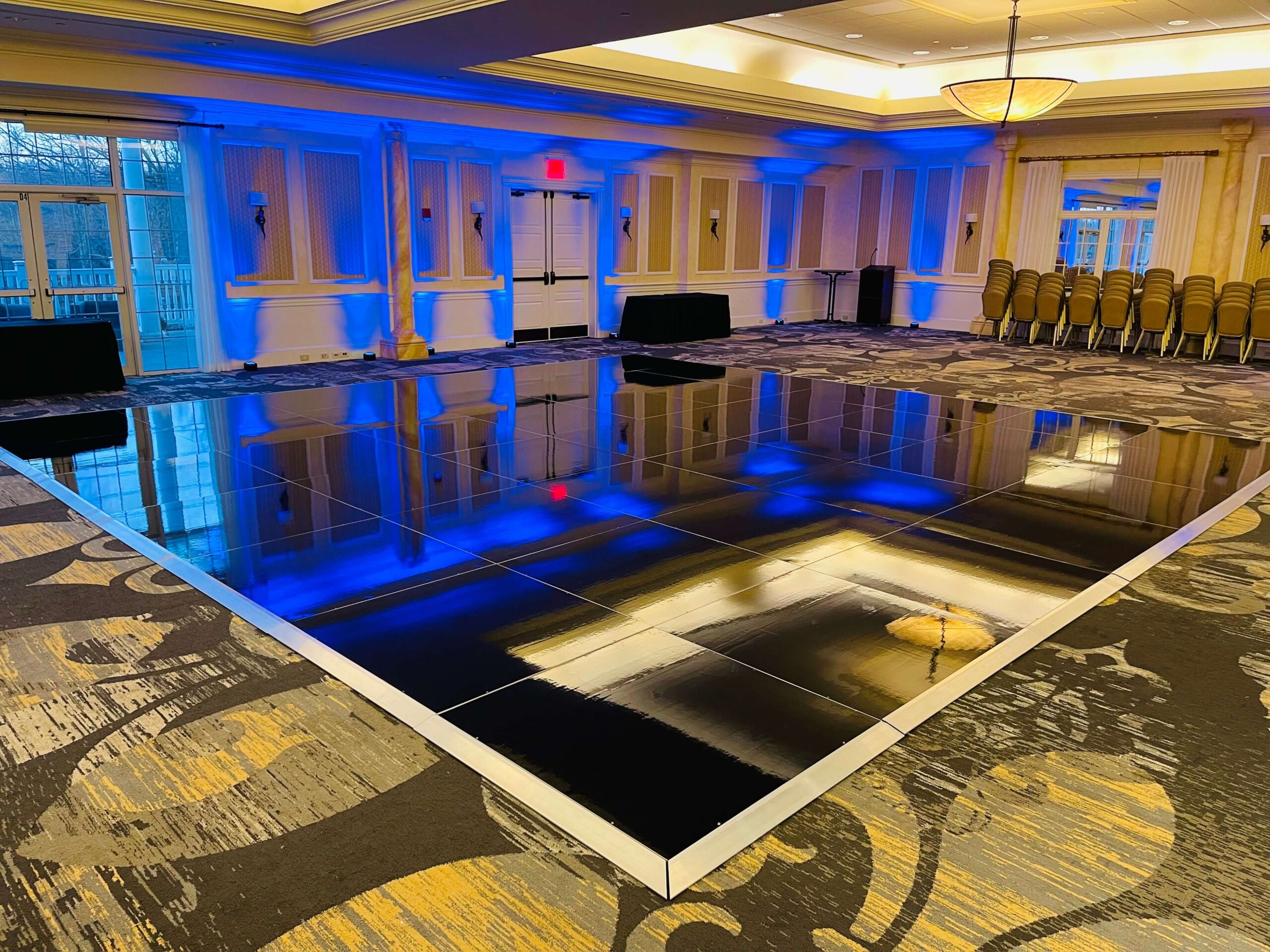A Revolutionary Strength of Lighting on Elevating Dancing Area Aesthetics
Wiki Article
Lighting plays a key role in establishing the atmosphere of a dancing area. It can transform a plain space into an exciting setting that enhances the total experience for performers and spectators alike. The appropriate lighting can influence the feeling, energy, and even the form of the performance being performed. By using various types of lighting, such as spotlights, colored lights, and strobe effects, event organizers can create a lively setting that enthralls the audience and promotes participation.

One of the key functions of lighting on a dancing area is to showcase the dancers. Focused lights can be used to direct attention on individual dancers or teams, making them the center of attention. This method not only displays their actions but also adds a dimension of theatricality to the show. When dancers are lit properly, their facial expressions and skills become more apparent, allowing the spectators to value their abilities. This focused lighting can also help to establish a story, leading the spectators through the show.
In furthermore to showcasing performers, colored illumination can greatly affect the atmosphere of the dancing area. Different colors evoke different emotions; for instance, warm colors like red and orange can generate a sense of enthusiasm and vitality, while cooler Read More Here colors like azure and emerald can encourage calmness and relaxation. By strategically using colored lights, event planners can control the environment to align with the concept of the occasion or the type of the performance. This considerate approach to lighting setup can enhance the overall experience for everyone involved.
Strobe lights and other active lighting features can also add thrill to a dancing area. These effects can create a sense of rhythm and movement that matches the soundtrack being performed. When timed with the rhythm, strobe lights can make the dance floor feel vibrant, inviting dancers to groove in sync with the flashing lights. This interaction between light and music can boost the vitality of the occasion, making it more enjoyable for both performers and spectators. The use of such features requires thoughtful planning to ensure they enhance rather than distract from the show.
Ultimately, the complete design of the lighting setup is essential for establishing a unified look on the dancing area. A well-thought-out lighting plan takes into account the configuration of the area, the kind of performance being performed, and the audience's encounter. By combining various lighting techniques, such as ambient lighting, highlighting, and unique features, organizers can create a aesthetically stunning setting. This attention to detail not only improves the show but also leaves a lasting impact on the spectators, making the event memorable. In summary, the powerful power of lighting is essential in improving dance floor aesthetics, establishing an captivating and enjoyable experience for everyone.